THE ZHIZHMA. From Lithuanian source to Belarussian banks

The river Zhizhma begins in Lithuania. Its length is 82 kilometres. In Belarus it flows on the territory of three districts in Grodno region: Voronovo, Lida, Ivye. It’s the largest water artery in Voronovo district 37 kilometres long. As researchers we follow the beautiful river bends together with our “air reporter” from Lithuanian border to our neighbors in Lida.

[embed]
Almost a Witch
There are different versions of the origin of the river name.
The first is connected with the most ancient Finno-Ugric tribes who inhabited the territory of modern Belarus. The basis of hydronym Zhizhma is “ma”, which meant “bank”, “land” in Finno-Ugric.
A soviet and Lithuanian linguist Alexandros Vanagas believes that hydronym Zhyzhma is of Baltic origin, it has equavalents on the territory of Lithuania (Zizma, Ziuzma, Ziuzmuo). It is connected with Lithuanian words “ziezti” – to be angry, to mutter, “ziezmara” – a witch. According to Vanagas, the name of the river belongs to a number of famous hydronyms in Indo-European languages meaning “anger”.
A doctor of philology Alexander Rogalev thinks the name of the river Zhizhma consists of two root components жиж+ма. The first one means “sticky mud”, the second one – “water”, “river”.
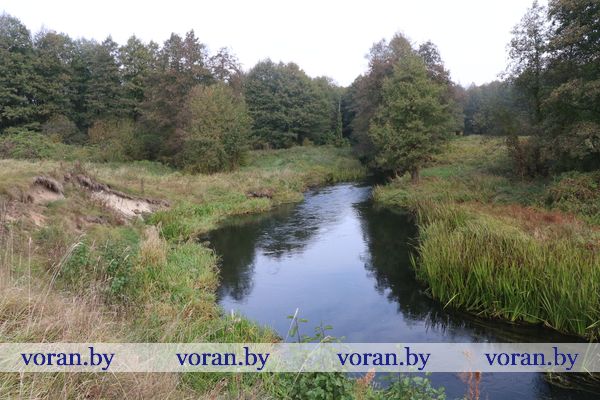

Lietuva with Belarus Meet

On the border with Lithuania the Zhizhma looks like a spring. The river timidly makes its way through the coastal thickets to the territory of Belarus and then expands carrying its clear waters in Voronovo district. Here, closer to the sources you can find a brook trout, which is listed into the Red Book. Behind the village Mariampol, a section of the state border with Lithuania runs right along Zizhma.
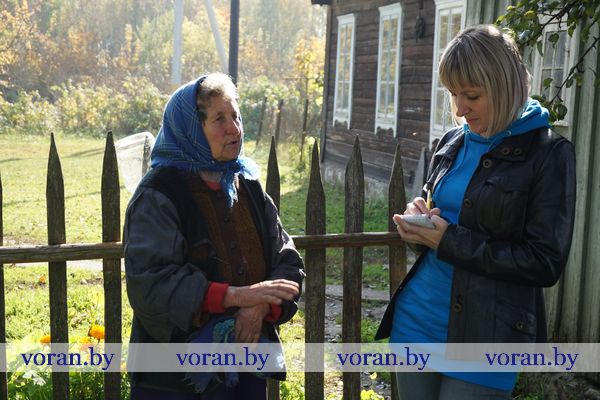
Bronislava Bronislavovna Shilobrit, a hostess of the only house, can see Lithuanian lands from her garden. She said that in the past people didn’t swim in the river: the water was too cold. Only cows crossed the river while going to the pasture. If you now cross the river you will be abroad. But the border law must not be violated, the site is guarded and patrolled.
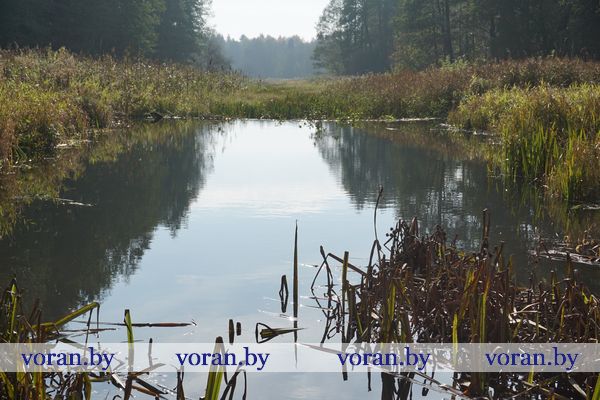
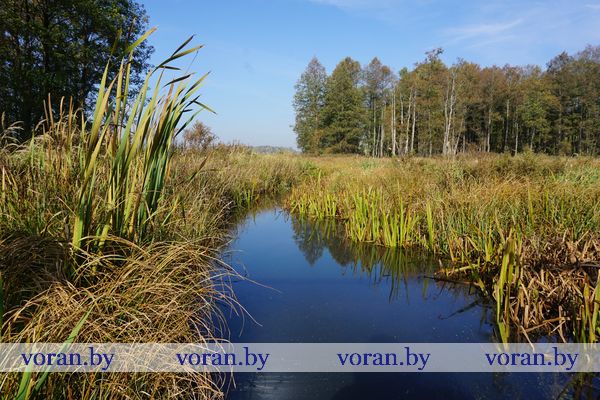
A Winding Riverbed, Fish Places



The Zhizhma winds and twists. You can take photos of the peculiarities of its riverbed with the help of quadcopter. From two hundred meters high its beautiful curves are visible.

About 15 tributaries adjoin the Zhizhma. One of them makes a pond in the village of Romashkantsy, framed with a pine forest. Lovers of fishing come here to catch
silver carp, carp, pike, perch, roach, rudd, minnow, ide, dace and other kinds of fish. The main thing is to know the places, as fishermen say.



The Zhizhma feeds a picturesque pond in the park of the village of Gaitunishki. Only bird singing and music of water can disturb the silence of this beautiful corner. You can hear the sounds of falling water and spring murmur. People come to take clean water all year round.





A Heritage Keeper of Nonharts

The most unique settlement is a small village Gaitunishki situated as far as four kilometres from the border. At the beginning of the 17th century it was a private house of a famous architect of fortresses and royal buildings in Vilno Petr Nonhart. A Dutchman built a house-fortress on these lands in 1613. This unique monument of architecture has remained unchanged to this day. It resembles a miniature castle with four round towers in the corners. There are no decorations on the walls as it was planned as a fortress, the walls are 1,5 meters wide. Unfortunately, time didn’t keep to our days a defending system of canals, ditches and shafts.

After Petr Nonhart’s death Ezhi Hreptovich, a son-in-law and a prince in Novogrudok became the owner. The hosts changed many times during three centuries, it slowly lost its defending meaning. After the war a school of mechanics was organized there. A republican psychiatric hospital “Gaitunishki” has been located here since 1956.
In the old building there is an administrative building, inside there are narrow corridors, steep stairs, low vaults of the basement.
They Take Their Names from the Zhizhma

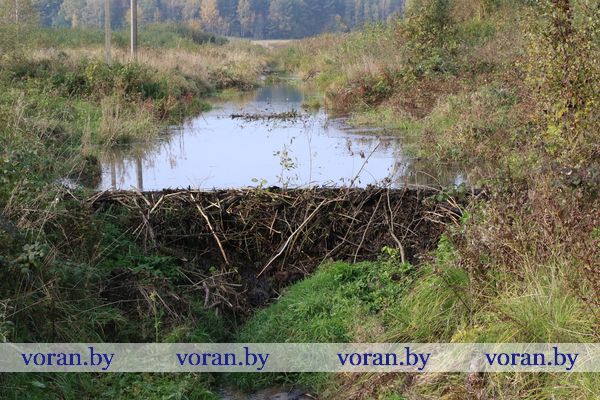

Geographical names can never be occasional, they reflect ,as a rule, natural peculiarities of the landscape. People watched and gave them to us. For example, toponym Lentishki – from Lithuanian “ilancas”- is a bay of the river. The village is situated in the place where the bed of the Zhizhma makes a loop. There is also a village Pozhizhma in Voronovo district.

— The basis of the name of my native village is hydronym, which means a settlement along the river. It has been known since the end of the 18th We may think that impoverished gentry settled there, near the river, - said the teacher from Konvelishki Pomuald Vladislavovich Ben. He has been working as a teacher of history in Konvelishki secondary school, is interested in toponyms, takes up afterschool activity “Pathfinders”.

— Gentry proceedings began after adjoining Belarusian lands the Russian Empire. - The privileged class was required a proof of its origin not on the basis of the legal system of the Grand Duchy of Lithuania, but according to Russian laws. Those who could not prove their gentry origin were deprived of a privileged position, they were recorded as free grain growers, state peasants. They got a piece of land.
Inspired by Nature
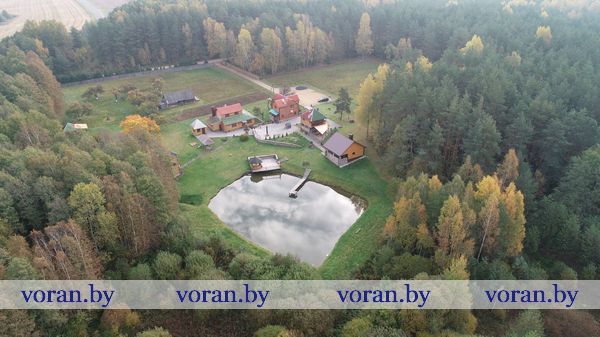

The agrocottage “On the Zhizhma” is situated as far as 50 metres from the river. The Yakovichs family were inspired by the small house in the village of Dovkshany and began their own business. It’s a wonderful place in the lap of nature framed by a forest. You can breathe easy here, spend time with your friends and family. Comfortable houses from natural wood have been built, there is also a bathhouse, a small lake, a playground for volleyball, a forest and a river with a beach on the bank.


Lovers of active rest can be offered fishing, hunting, riding horses and bicycles.
Rival Sisters
The sources of the rivers Zhizhma and Gavya are in Shalchininkay district in Lithuania. They begin in the same place and flows to the Neman. There is also a legend in Voronovo district about two sisters-rivers which rushed to the Neman to race. One river through Voronovo district, the other one through Ivye district. The elder sister swiftly and confidently carried her waters, while the other looped, squirmed but did not yield to her sister. Having met a river on the way, the Zhizhma cried : “I have reached the Neman!” “No, you met with me”- corrected her sister Gavya. From this place they united and reached the aim.



The Zhizhma is really the right tributary of the Gavya. The rivers merge on the territory of Ivye district, further fall into the Neman, pouring their waters into it.
Olga Vorobyeva
Translated by Zinaida Tserpitskaya







